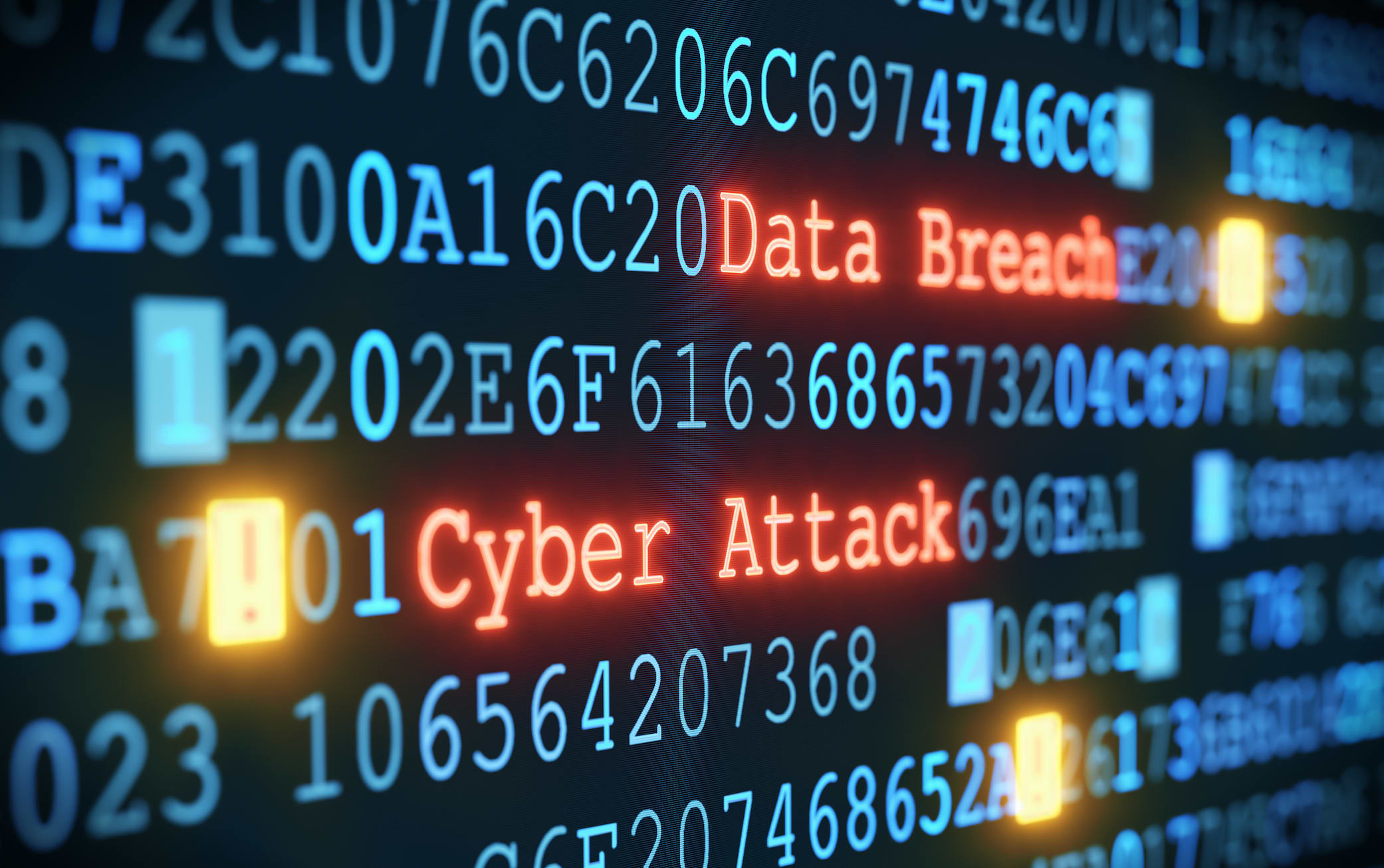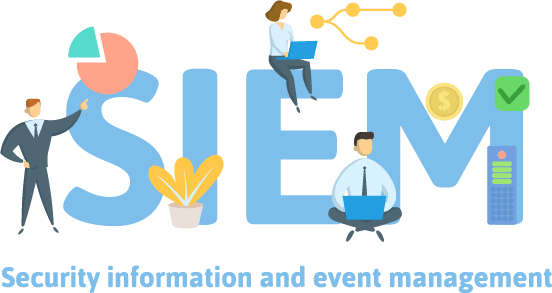Tag: Common Questions
These are the questions asked most often by our clients. They deal with everyday thoughts, ideas, issues, and concerns.
Artificial intelligence (AI) for beginners — what is AI?
In the ever-evolving landscape of technology, website owners must ensure their online presence remains competitive and relevant. One of the most significant innovations of modern times in headlines around the world is artificial intelligence (AI). We will a take a deep dive into the realm of AI for beginners in this thorough introduction, dispelling some common misconceptions and examining the ramifications for website owners.
What Does DNS Do and How Does It Work?
What is DNS?
DNS stands for Domain Name System. When you access a website, you use this service to locate the server where the domain's website is. When browsing the web, you usually type in a domain name like www.google.com into your browser. This is better than trying to remember an IP address linked to a Google server.
Top 10 Web Server Security Best Practices
How Can You Ensure Security on a Server?
It is important to secure your server to prevent data loss or security compromises. Because security is such a challenging subject for many, it often goes unheeded. Many are caught unaware when an issue arises. By following these best practices, you can significantly lower your risk of being compromised by a malicious actor.
Guide to Remote Desktop File Transfers
Transferring small files to your new Windows Server can be a hassle when first setting everything up. Plesk, file transfer protocol (FTP), or network file sharing might not be ready to use, or your Internet service provider (ISP) may block those web ports.
What Is a DNS Zone? Guide to Decoding DNS Zone Types
What is a DNS Zone?
A Domain Name System (DNS) zone is the area of the DNS namespace under the control of one particular administrator or organization. A DNS zone is a space for the administration that enables more precise control over DNS elements like authoritative nameservers. The DNS root domain is at the top of a hierarchical tree representing the domain name space.
Alert Logic Security and Compliance Suite
Introduction
Intrusion detection systems (IDSs) are an ever-present requirement in a cybersecurity infrastructure to ensure a server or internal network is protected. An intrusion detection system is either a hardware device or software program that actively monitors a server or group of servers for network policy violations or malicious activity. Any suspicious activity, attempted attack, or policy violation is reported and logged to a centrally located security information and event management (SIEM) system database, or directly to a security administrator for further review. This article explores Liquid Web’s intrusion detection product called Alert Logic Security and Compliance Suite.
Fully Managed Cloud App Infrastructure Protection (AIP) (formerly Threat Stack)
Introduction
This article will review some of the more technical aspects of F5 Distributed Cloud AIP. F5 Distributed Cloud AIP is a platform-independent intrusion detection system (IDS) designed to provide users with a unique view into various integrated server security functions. It monitors both Linux and Windows servers as well as Kubernetes or other container-based server infrastructures to observe behaviors and detect malicious, uncommon, and risky activity.
Microsoft Exchange Server Security Update
Introduction

In this article, we provide updated information concerning the ongoing threat posed by the malware directed at Microsoft Exchange Servers noted in CVE-2021-26855. We also furnish the steps needed to update and secure your Microsoft Exchange Server. In a recent post, the Cybersecurity & Infrastructure Security Agency posted a priority security advisory regarding the recent Microsoft Exchange Server vulnerability. They state:
What is SIEM?

Security Information and Event Management (or SIEM) is a subset of the computer security field, where applications and services join forces with security event management and security information management. When united, these disciplines provide significantly improved real-time statistical data and threat analysis of alerts generated by the related applications. The 2021 Internet Security Threat Report from Sophos denotes that are not only the number of attacks on the rise but also the diverse nature of methodologies and vectors of incursions used. This necessitates the fact that adding a SIEM is especially warranted at this time.
How to Troubleshoot SMTP Errors: Part 2
In part one of How to Troubleshoot SMTP Errors, we reviewed email status codes, internal reasons for email issues, and troubleshooting steps to address those issues. In part two of this series, we will examine some of the external reasons for email issues.
Our Sales and Support teams are available 24 hours by phone or e-mail to assist.

